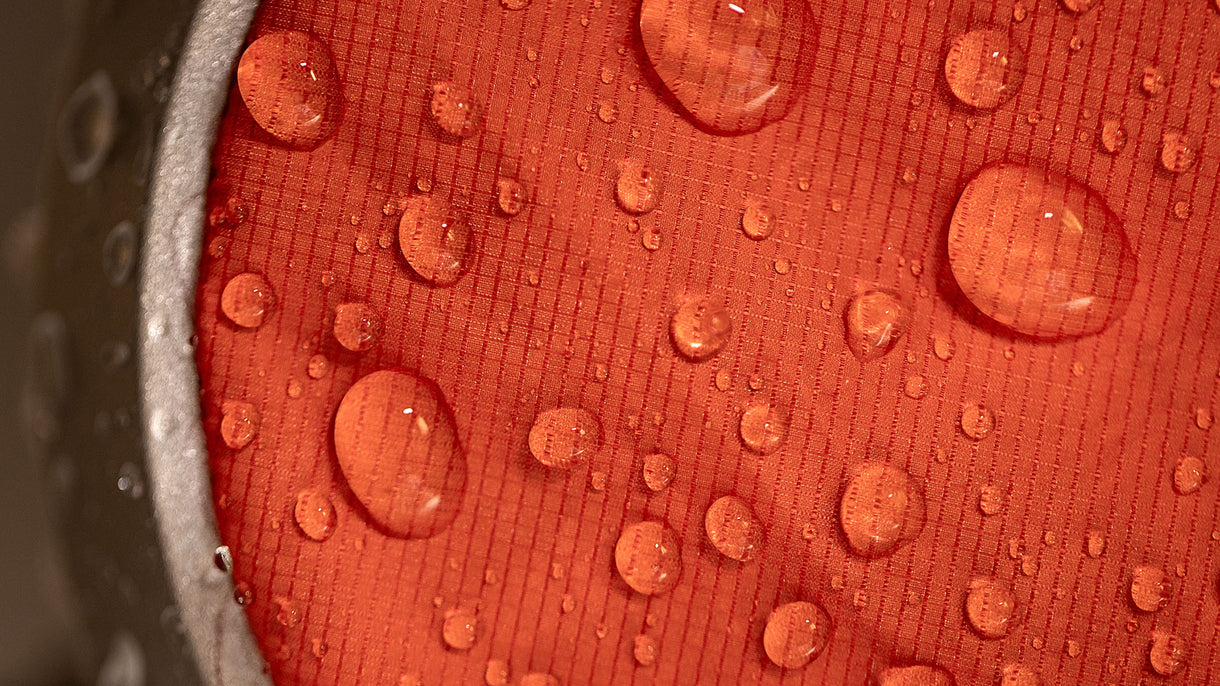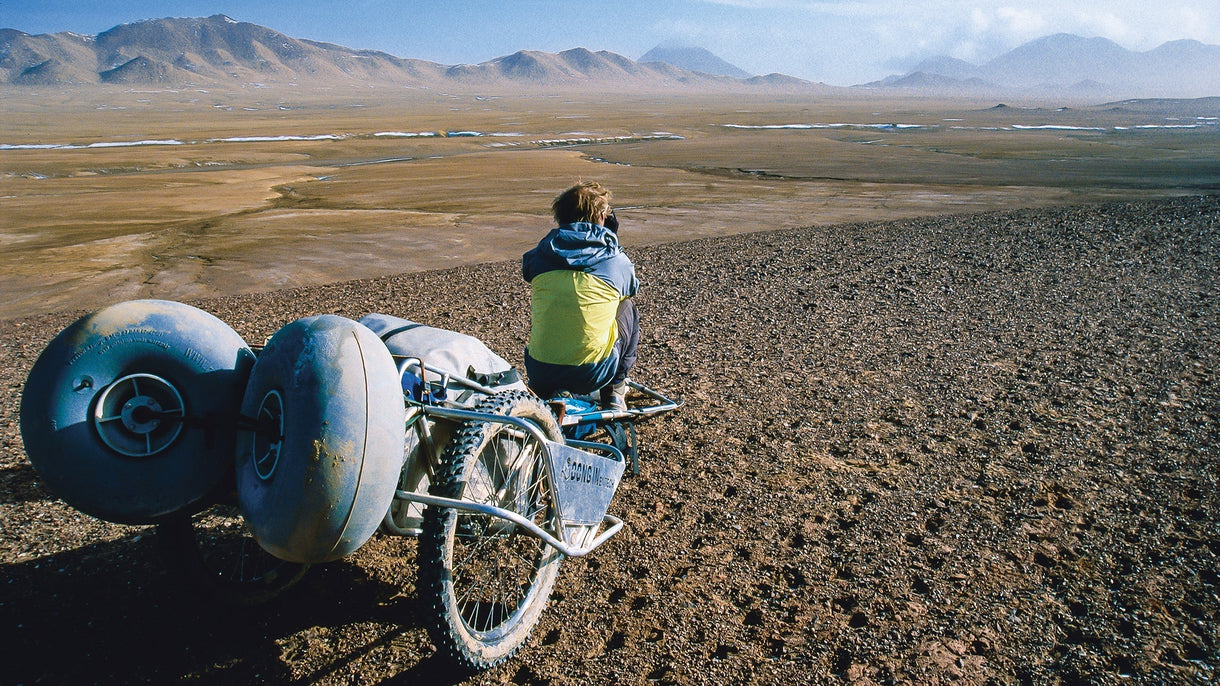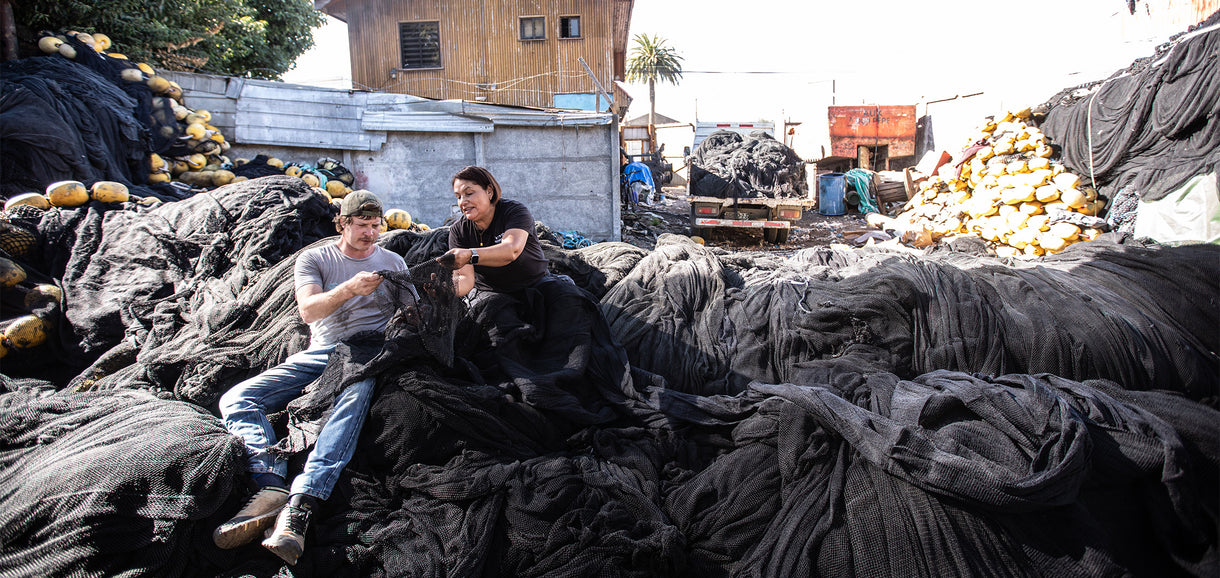Australians of all ages can summon weird memories of summers past: eerie, superheated monsters that rise improbably from the heat haze of memory. For me, a child of the ‘70s, there’s the entire Boxing Day MCG billowing cigarette smoke like a giant furnace; great whites suspended from cranes, disgorging their stomachs. The “depth charge” – a double-sized steel beer can. And being locked in a Toyota Corolla in the sun as the seatbelt clips turned so hot they could brand a thigh.
But there were gentler ones, too. I remember news crosses to Parliament House at night, as annual as Christmas carols, where the building (both the old one and later the “new” one) was covered in dark shadows; shadows that flitted past the camera and occasionally landed on the lens gate like out-of-focus bats. A vast, silent settling of insects upon the civic heart of the nation.
This looked like pestilence to a child, because in the late twentieth century we were taught that any living creature in massive abundance was a plague. But it wasn’t: it was the annual migration of bogong moths (Agrotis infusa) in Australia’s high country, drawn to the bright lights that shone over our dim leaders. They descended in such numbers that they could choke air-conditioners and trigger the adverse weather clause at sporting events. Their invasion of the Sydney Olympics was so quintessentially Australian that it rivalled Midnight Oil’s ‘Sorry’ suits.
Bogong larvae (“black cutworms”) feed in winter on the seedlings of leafy plants from the Darling Downs to the Nullarbor, and when they gain their wings in spring they migrate to the high ground of the Great Divide, where they rest in caves and crevices through the summer, loaded up with fat to keep themselves alive. Going to a cool place and resting in summer is called aestivation. Humans also aspire to do it, and yet so rarely achieve it.
If they’re knocked off course by a westerly during that migration, the moths can end up in urban areas: yet another an unprepossessing grey flutter around the back porch light at night. Because they don’t sting or bite or buzz or frighten the dog, we pay them little heed.
But as agriculture has come to dominate the landscape, the ravenous cutworms came to be considered a pest species, wolfing their way through grain crops and brassicas like cauliflower and cabbage. Powerful pesticides cut a swathe through the reproductive cycle (how did we so radically misunderstand that we are the invasive species?); light pollution misled the migrations, and drought and habitat loss compounded the damage.
Bogong moth numbers were thought to be declining steadily through the ’70s and ’80s, a trend confirmed by the recent introduction of the Moth Tracker website. In the spring and summer of 2017-18 and 2018-19, it became clear to scientists observing the high-country aestivation that the losses had reached critical levels. From previous counts at some sites that had registered in the billions, there were only a handful of insects left. Scientists eventually settled on an estimate for the loss: 99.5%.
In December 2021, the bogong moth has been added to the International Union for the Conservation of Nature’s ‘Endangered’ list. Scientists had been noticing for some time that there were high levels of arsenic in them, and that the arsenic was building up on the floors of their caves due to mass mortalities. This in turn began to affect the moths’ predators, such as pygmy possums.
The sense of loss is palpable on multiple levels because this remarkable creature is not only a sovereign species we’ve decimated through our carelessness, but a living link to the ancient ways of First Nations people, ways we’d earlier tried to destroy also. There is much to grieve.
In the late summers of thousands of years, the coastal Katungal peoples of the Yuin nation would travel to the Monaro plains to trade tools, weapons and woven goods for moth meat. The moths were smoked out of their aestivation crevices and caught in nets made from Kurrajong trees and kangaroo skin. The Australian archaeologist Josephine Flood, in her book The Moth Hunters, presented the moth trade as a perfect study of Aboriginal trade routes and cultural exchanges. The path taken by Yuin peoples from the coast up into the high country is known as the Bundian Way, and it has been called the oldest-known trade route on the face of the earth.
Such was the importance of the moth harvest that early diarists note that hostilities with or between First Nations people – for example between the Gunai and Bunurong – were often suspended during the harvest to prevent starvation. The reciprocal trip to the coast by Monaro peoples was indicated by the flowering of a particular wattle. The travellers would feast on whale meat and shellfish and collect reeds on the coastline around Twofold Bay.
The mountain caves where the adult moths aestivate were known to multiple Aboriginal nations, for whom the moths were an important source of protein. Last year, archaeologists were able to detect microscopic remnants of bogong moth tissue on a 2000-year-old stone grinding tool in the Buchan Cave complex. The tool had been connected to the Gunaikurnai people of present-day Gippsland. This was the first firm evidence of insect food preparation by a culture anywhere on earth.
First Nations people roasted the highly nutritious moths in hot ashes to remove the scales and wings and legs, then mashed the bodies to make 'moth meat', which is said to have a nutty taste. The meat could be transported and stored, making it a perfect trade good.
We mourn the losses of gorgeous birds, or furry vertebrates with big, vulnerable eyes. Nobody grieves for an insect. We don’t see ourselves or our cleverness reflected in them. But just like we do now, children and their parents once made annual summer journeys together and did their ritual things by the light of a campfire and loved and remembered their time together. In destroying the bogong moth, we have severed yet another link to those long-ago people. The damage we do to the natural world doesn’t end with the creatures we force into extinction. In the end it makes us all poorer.
Sightings of bogong moths can still be recorded at the Moth Tracker website. If you live along the moths’ migratory routes, you can help by keeping outdoor lighting to a minimum.
Sarah Rees is also a campaigner for Victoria’s Great Forest National Park, where the bogong moth’s decline is having a flow-on effect with the endangered Leadbeater’s Possum, for who it’s a staple spring food.
Banner image: Filmed in early 2017 in the Australian Alps, Sarah Rees shares a sunset with a whisper of bogong moths. Just four years later and their numbers have declined drastically.























































